Web and Mobile Apps in Online Learning
Contents:
- What is e-learning?
- How to deliver e-learning?
- Basic components of learning management systems
- Gamification in e-learning

What is e-learning?
E-learning (e-education or distance learning) refers to the delivery of educational services online using web/ mobile applications and internet access.
The boom of e-learning results from the general availability of online education and overall efficiency at a lower cost provided an e student has enough intrinsic motivation.
The growing e-learning market size proves modern knowledge chasers prefer an online format to study when and where they want:

Probably these days the size of the online learning market will increase even faster during the self-isolation because of the COVID-19 outbreak. Many schools, colleges, and universities are supposed to close moving the classes online. Except for offering a comprehensive e-learning system to help students incorporate and strengthen their knowledge, we should also care about providing emotional support and maintaining integrity within an online class.
How to deliver e-learning?
Distance learning is made possible thanks to a Learning Management System (LMS), a digital educational platform allowing:
- Online courses management;
- Course materials distribution;
- Collaboration between a teacher and students.
An LMS is a comprehensive web-based system enabling to manage every little aspect of e-learning from user registration to getting test results and submitting an assignment. As a rule, LMS systems are mostly web-based, using mobile apps (there can be a separate app for a teacher, student, and parents) as an additional tool.
A learning management system is a large and complex application that requires many resources to be integrated into an educational process of a school, college, or university. Besides, if you lack these resources, there’s still a solution to deliver e-learning: a website builder for teachers that is available for everybody.
The learning management system market size is expected to grow to 22.4 billion by 2023:

Market size in billion U.S. dollars. Source: Marketsandmarkets
Set of features LMS typically has:
The design of every learning management system starts from the typical features “starter pack”, without which an average LMS could barely perform its primary functions.
- Enrollment. The system should allow students to enroll online, including background information, registration forms, payment integration.
- Personal “eStudent” account with the comprehensive information about the courses a student takes/ may take, schedule, teachers, homework, news, etc. The same works for teachers.
- Virtual classrooms. The LMS can be integrated with virtual classroom solutions and a calendar to invite, remind, and notify the participants of the course schedule.
- Chats, forums, or any other means of communication to ensure a real-time and uninterrupted connection between LMS users.
- Online assessment. As tests are an integral part of learning, multiple test-related functions are a must for any learning management system. Built-in test templates (multiple choice answer, drag-and-drop order, true or false/ yes or no, essay, etc.) are a good point to start with the possibility to randomize the questions, set different time frames, store and process the results.
- Attendance tracking.
- Reports according to the various data sets, with the ability to export and present the information graphically.
- Tutorials and templates to teach teachers and students to use the system.
- Customization option.
Basic components of learning management systems
Up-to-date LMSs use the latest tech developments to improve the quality of distance learning, engage students more, and meet ever-changing user demand.
Cloud computing
Easy access from any gadget, pay as you go model, and high efficiency are only the obvious advantages of cloud technologies.
Due to the complexity, e-learning systems usually require much hardware and software resources. Many educational institutions can’t afford it, so cloud computing becomes the best solution for them.
Cloud computing allows saving files over the internet instead of managing them on a local storage device. So it’s much easier for teachers to give students (or vice versa) access to these files, the only thing they should have is an internet connection.
Besides, all users of LMS get instant access to the real-time updates made in a system by other participants.
Chatbots
Chatbots can be applied for both solving the challenges of e-education quicker than by phone or email and guiding through the e-learning system use.
In the first case, AI and machine learning based chatbots create the interactive experience during e-learning similar to face-to-face interaction with a teacher. They learn as well as a student does, enhancing the efficiency of the e-education process.
Besides, chatbots offer significant personalization options, as they are able to adapt to a student’s speed of learning without being too pushy.
In a learning environment, bots play the role of guide, explaining and illustrating the principles of a specific LMS to students.
Chatbots may also be built to provide technical support to LMS users. For this purpose, scripted chatbots with answers to frequently asked questions will work out. The option to create a support ticket or contact a real person in case a user can’t find the answer to his/ her questions among the predefined Q&A set is also a good practice.
Artificial intelligence and machine learning
The rise of AI and machine learning technology empowers education including integration into e-learning platforms. AI helps teachers and students personalize education, increasing the motivation and efficiency of online learning.
The major features enabled by AI integration:
- Tracking students’ behavior. AI allows collecting data on class attendance and assignments submission automatically, identifying the students who’ve faced difficulties while taking their course. This data helps teachers provide adequate support before a student will permanently lose motivation.
- Grading. Although AI can’t fully replace the teacher, it may make the time-consuming grading process easier by calculating test results and displaying students’ performance indicators.
- Personalization. AI is able to define and adapt to student’s personal learning characteristics, offering him/ her the tasks according to his/ her level of the knowledge thereby solving the inequality problems in a classroom.
- Recommendations. Based on student behavior, preferences, and learning statistics, AI may recommend additional resources such as podcasts, movies, books, & more, re-engaging in such a way and generating a deeper interest in a subject.
Mobile learning
According to Statista, the number of smartphone users surpasses 3 billion and will reach 3,5 billion worldwide.
Benefits of using mobile apps for e-learning are obvious:
- Instant access to study materials at any place and time. The idea of learning new information on the go is wonderfully seductive taking into account the way we live & work. A student is free to choose the best time to check the course-related information, do his/ her assignment, or reach out to a teacher.
- Quick access to real-time information. If any changes are applied, the notification will be sent directly to his / her smartphone.
- Better engagement. If you compare textbook learning and learning using a quiz app, for example, the last results in better student engagement and faster learning speed.
- Limitless gamification opportunity.
- Easy update and deploy of mobile apps for e-learning providers. A mobile app may be a supplement to a learning management system or a stand-alone method of e-education, built in a relatively short time.
Gamification in e-learning
Gamification is about using visual storytelling, game mechanics, and thinking in educational systems to drive engagement & retention of learners. Besides, both web and mobile apps can be gamified for e-learning.
Gamification does not equal playing games, it only takes the game elements to apply in a learning environment to increase student motivation and learning performance. I’ve found two killing examples of “right” gamified applications in e-education that are used now by thousands of students (& their parents) worldwide.
Gamification example
Web:
Math platform Prodigy. The children were given access to MMORPG accounts with the quests in a form of math assignments. Children level characters and craft items while boosting essential math skills.

Change your apprentice appearance 
Choose your pet 
Battle with opponent 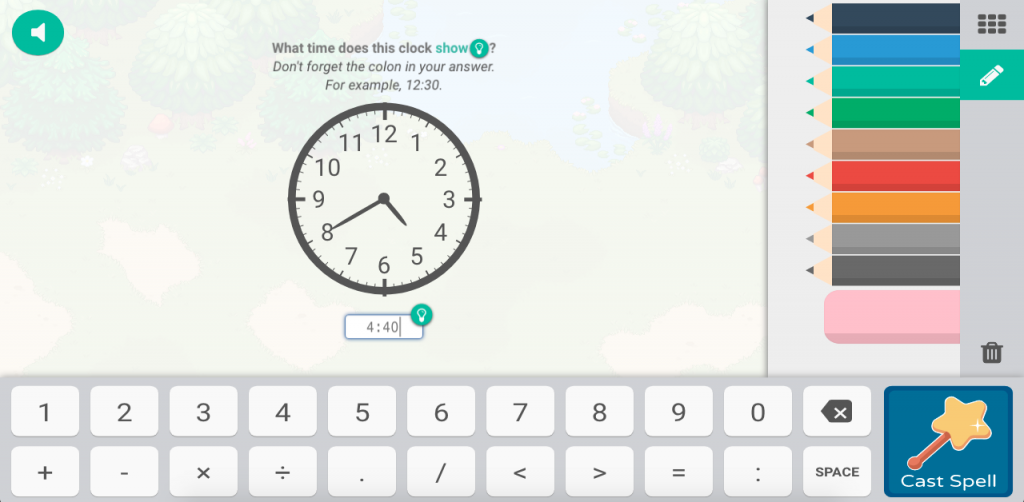
Manage math assignments 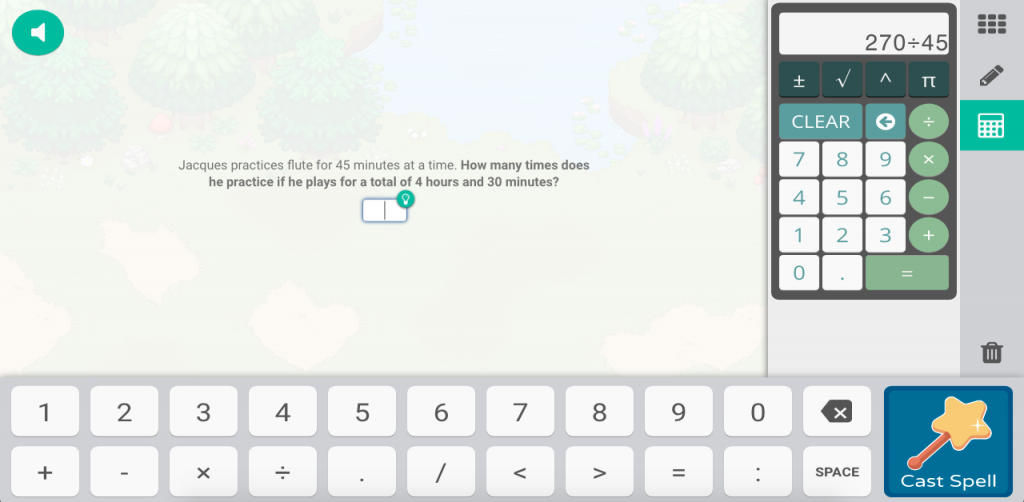
Type the correct answer to win 
Choose the location to play with friends 
Get engaged by the amazing storytelling
Children are highly engaged in learning: they discuss the achievements, share the friend codes, and visit one another in the virtual space.
Prodigy
- allows children to stay connected without violating self-isolation instructions.
- train math skills.
- engages children using appealing storytelling.
- communicates the value of education in an unobtrusive manner.
Web & mobile:
Language learning app Duolingo. Although Duolingo has a web version as well, the mobile app is in higher demand, as it gives more flexibility to a learner.
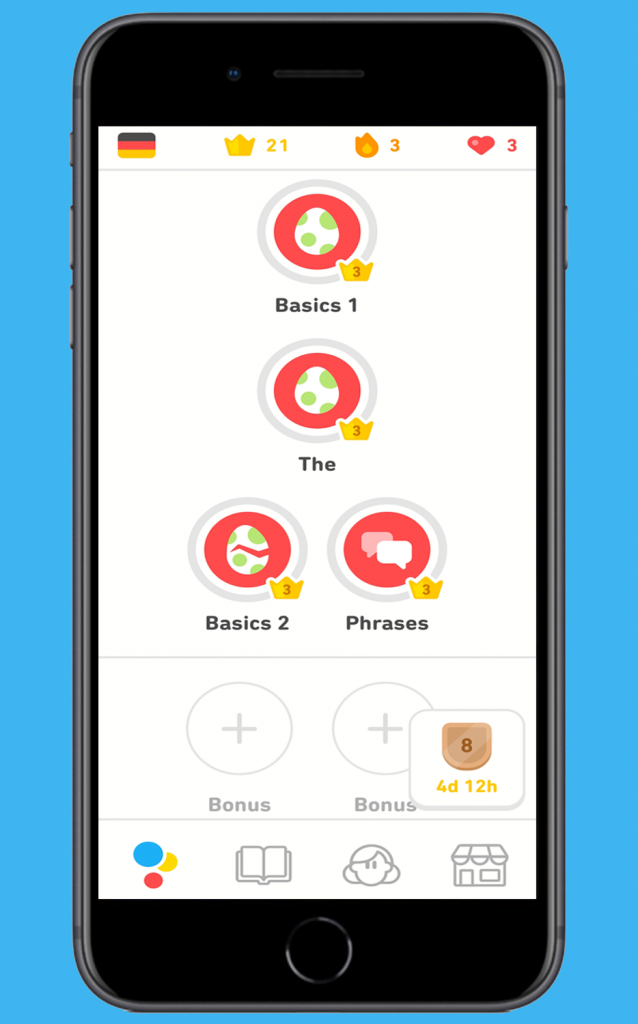
Bite-sized lessons 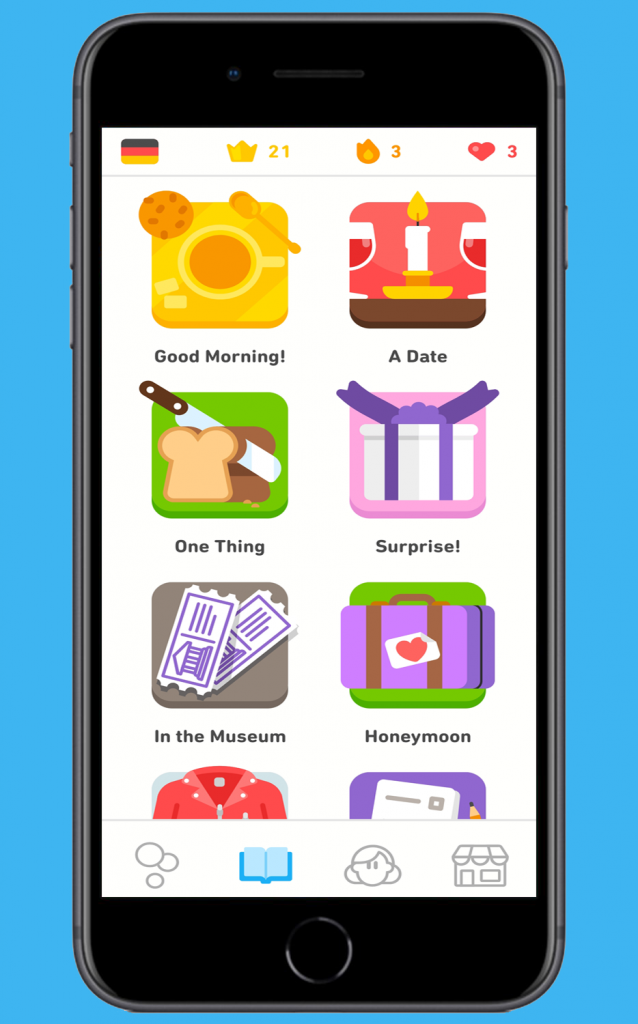
Mini stories 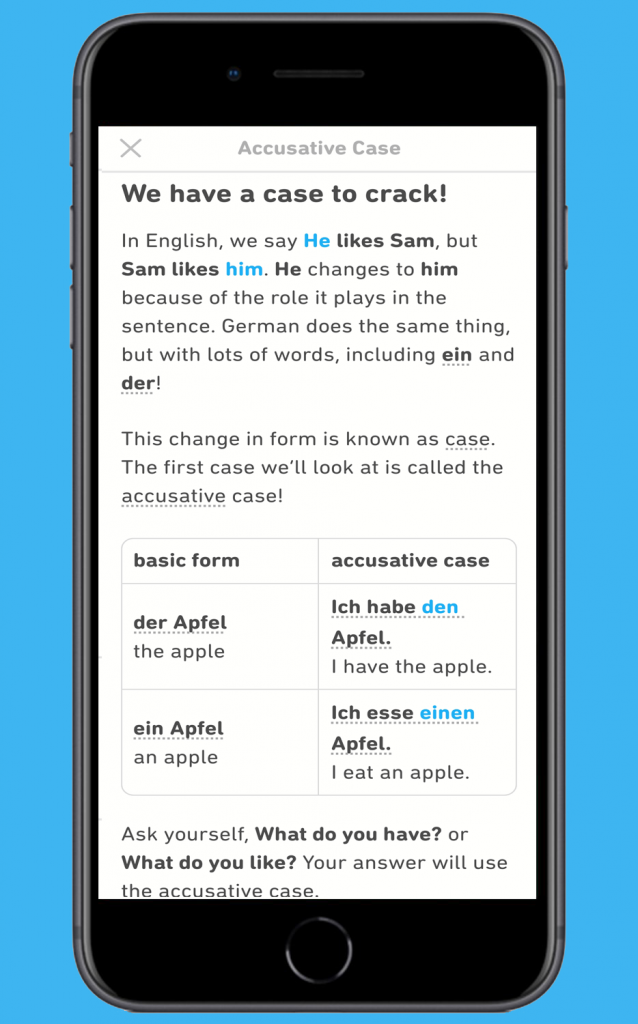
Theory before the lesson 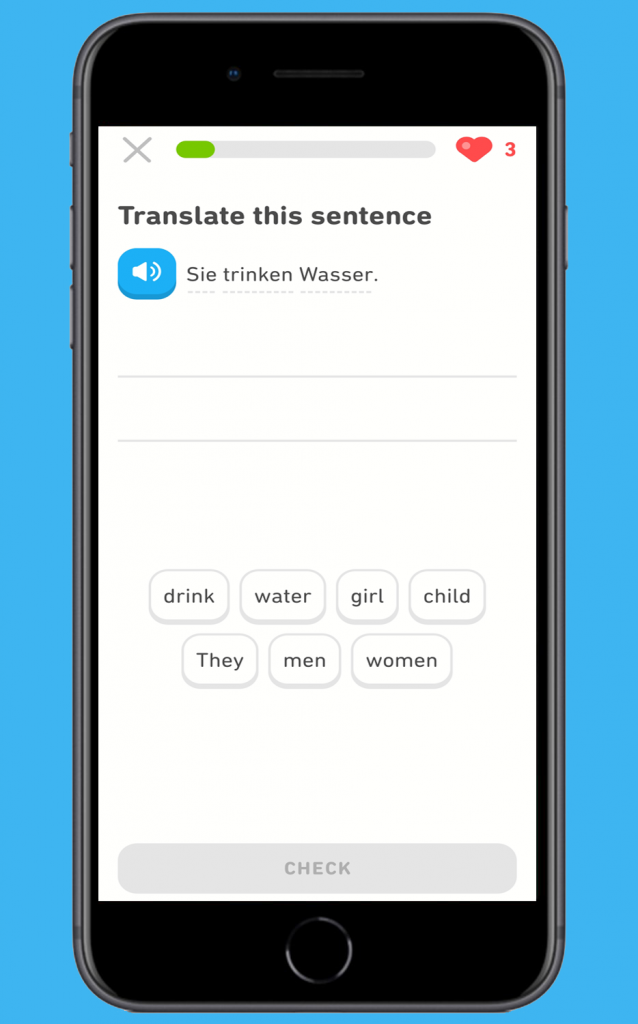
Exercise 1 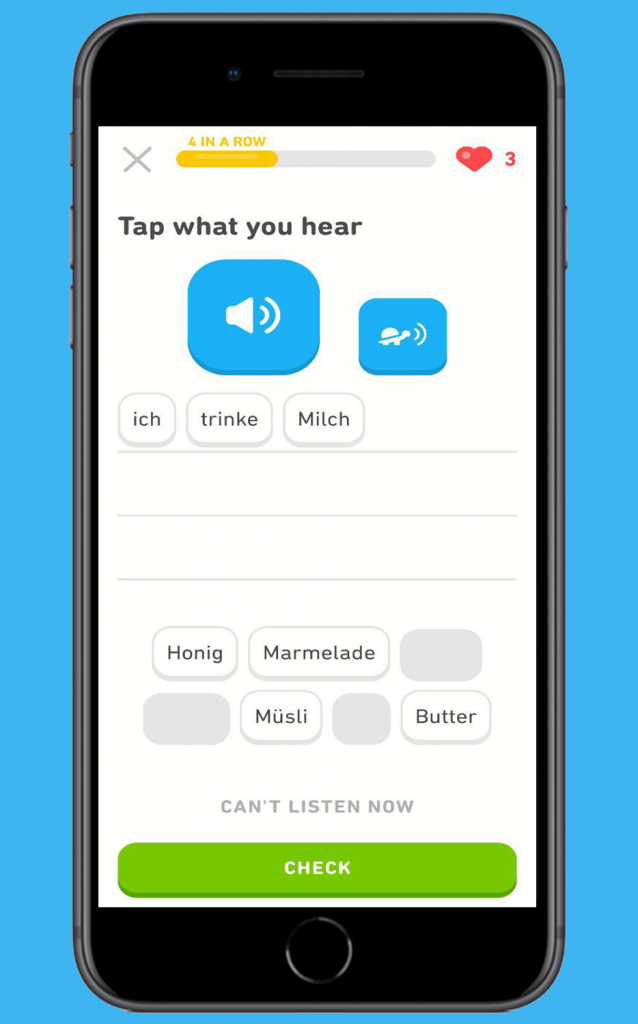
Exercise 2 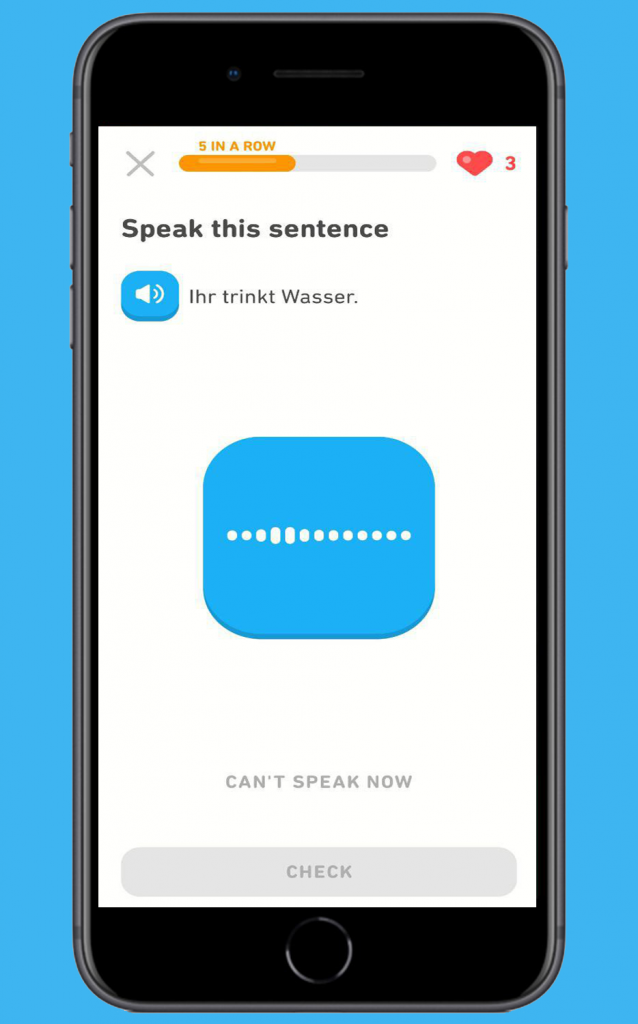
Exercise 3
Both web- and mobile-based applications can be used to provide an awesome online learning experience to students depending on learning goals.

Learning management systems are a powerful tool to deliver high-quality e-learning to students. Combined with gamified learning apps and the right approach, e-learning can engage students even more than an offline course. Today, when online education goes viral, our main task is to make the most of it, helping students adapt and learn efficiently in the time of uncertainty, coping with mental and emotional loads.



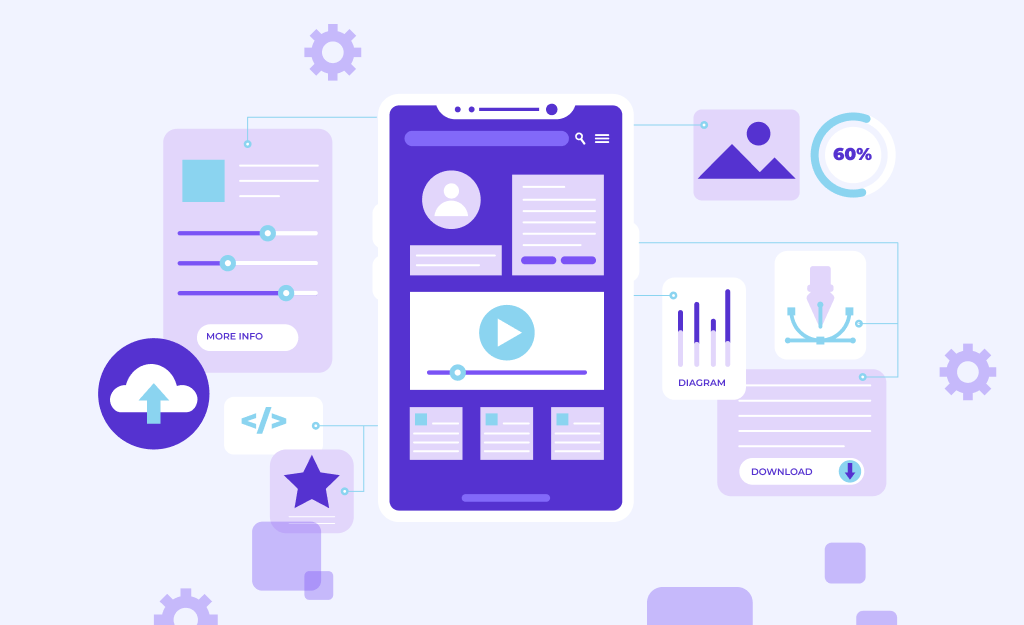
the post is not bad explaining the basic concepts, but more importantly, we should bring up the problems students face adapting to e-learning in times of uncertainty
Kelly, thank you for the feedback! the post about e-learning challenges during the COVID-19 is in progress, stay tuned?
Great option for the time we are living by now. It is a solution to be considered to those companies whose does not have e-learning.
yes, exactly! thank you, Cesare
Hi, very nice website, cheers!
The details I saw on your site has been very helpful. For some time now I have gained interest in e-learning, the uses, and also the importance, I have done studies, visited so many sites but yours has been the most helpful. Thanks for posting something this good and keep up the good work.
I’m happy our research is of help! thanks for your appreciation!